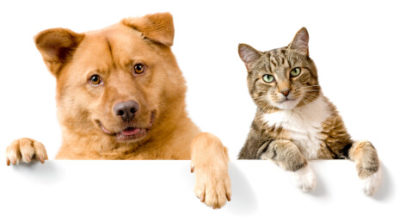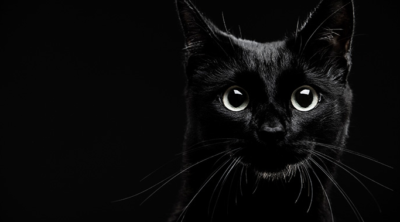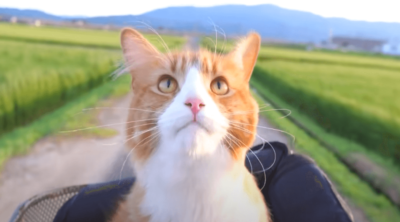
Fatty liver syndrome is a common liver problem in obese cats. This disease, if not detected and treated promptly, can cause liver failure in cats.
Fatty liver disease or feline hepatic lipidosis is a disease characterized by the accumulation of fats or lipids in the liver tissues. It is a common health problem in older and obese cats, irrespective of their breed. It is basically considered an idiopathic condition, as no accurate cause has been detected so far.
However, many factors are believed to play an important role in the development of this condition. This condition has always been observed to present itself with sudden loss of appetite in cats.
When a cat suddenly stops eating for a couple of days, its body transports more and more fats to the liver for processing, in order to derive energy. But the liver fails to process such a large amount of fats or lipids into lipoprotein, and as a result, a large amount of fats accumulate in the liver. This condition can eventually cause liver failure, and consequently, the death of the affected animal.
Causes
Fatty liver syndrome is one of the most common liver diseases in cats. Though what causes this condition is not known, It has been suspected that some inherent errors in the metabolism of protein and fat can be associated with it. Disorders like diabetes mellitus and Cushing’s syndrome are also associated with this feline liver disease. Sometimes, toxic substances and parasites like ascardis, tapeworm cysts, and flukes can also affect the liver. Even stress caused by an illness, surgery, and a change in the environment (like moving to a new place) can trigger an episode of anorexia in cats, which in turn can lead to feline hepatic lipidosis.
Symptoms
It is always accompanied by anorexia or loss of appetite. The affected cat may not eat for several days in such a situation. However, it is not known with certainty whether fatty liver disease causes lack of appetite or not eating for several days causes this condition. The disease also causes weight loss, lethargy, depression, and vomiting in the early stage. As the disease progresses, the affected cat may experience some other symptoms, like jaundice, seizures, drooling, excessive salivation, and nausea. The condition can eventually lead to stupor and coma. Sometimes, it can cause distention of the lower abdomen due to the accumulation of fluid.
Diagnosis and Treatment
The diagnosis of this condition usually begins with a detailed evaluation of the symptoms, followed by a blood test performed for detecting the level of liver enzymes. A confirmed diagnosis, however, requires liver biopsy.
Veterinarians usually recommend a special diet for the affected cat. They usually advise to include foods high in protein and calories in the diet. Sometimes, the cat may need to be fed forcefully by inserting a feeding tube into its stomach or esophagus through the nose, if she refuses to eat for several days. This type of forced feeding can be required for two to six weeks, depending on the time taken by the cat to eat on its own. As the disease can cause dehydration, the affected cat may need fluid and electrolyte supplementation as well. Vitamin K supplements can also be required, along with other dietary supplements like arginine, taurine, and carnitine.
Fatty liver syndrome is reversible, if detected and treated in the early stage. To reduce the chances of obesity, which is often found to be associated with this condition, it is important to avoid feeding your cat in excess, while encouraging her to do a lot of physical activities. Also important is to closely monitor any changes in the behavior of your cat, particularly related to her eating habits. This can help ensure the prompt diagnosis and treatment of feline hepatic lipidosis.
Disclaimer: This article is for informative purposes only, and should not be treated as a substitute for the medical advice of a veterinarian.


